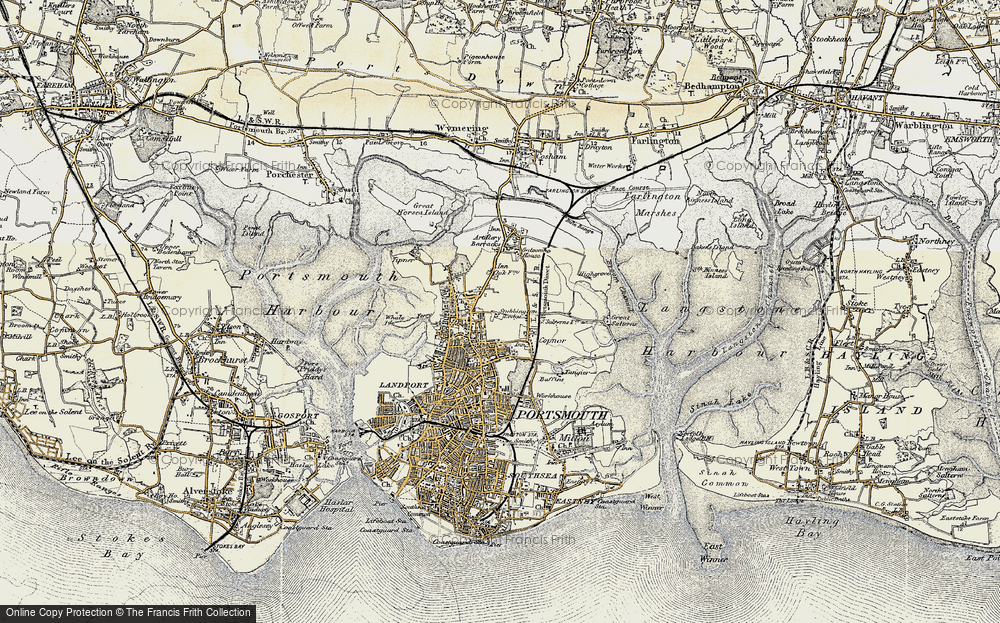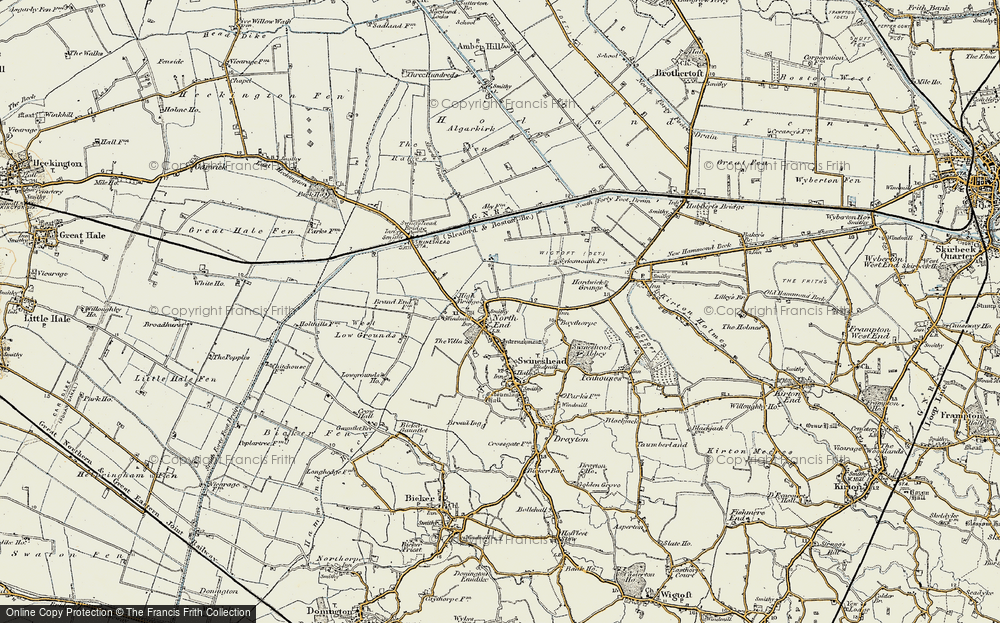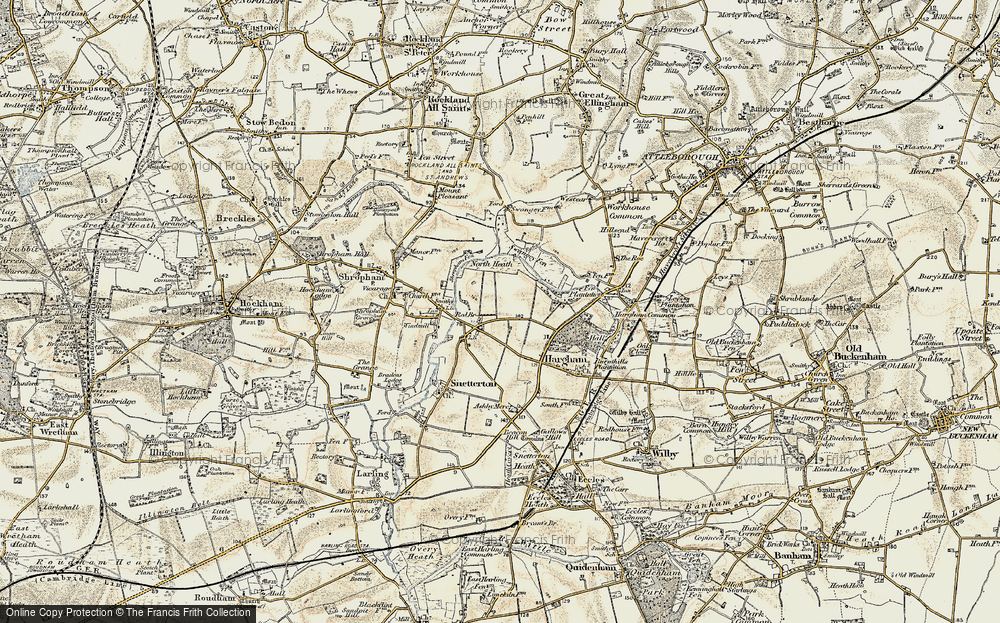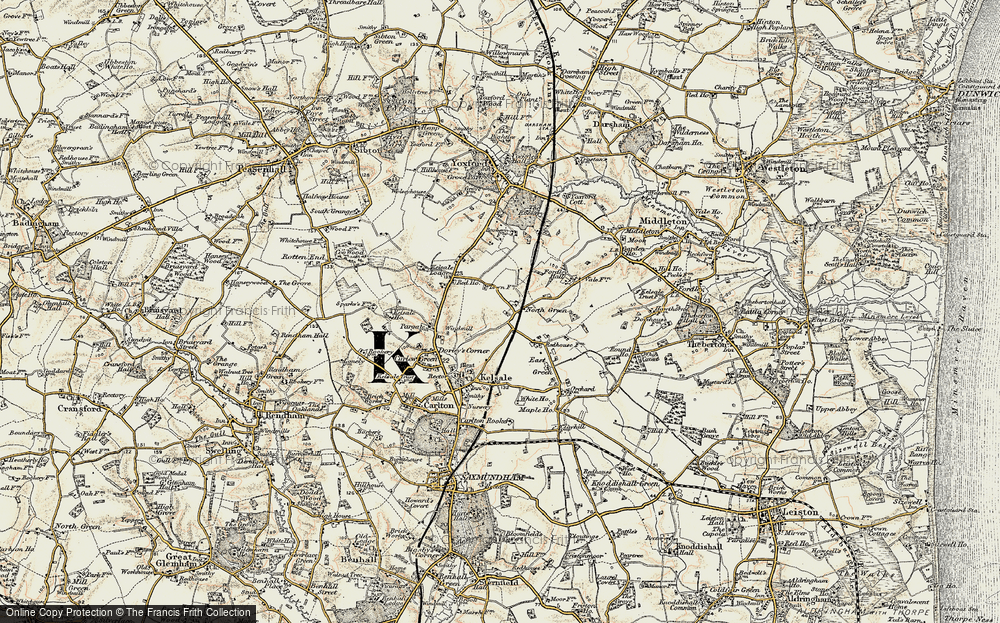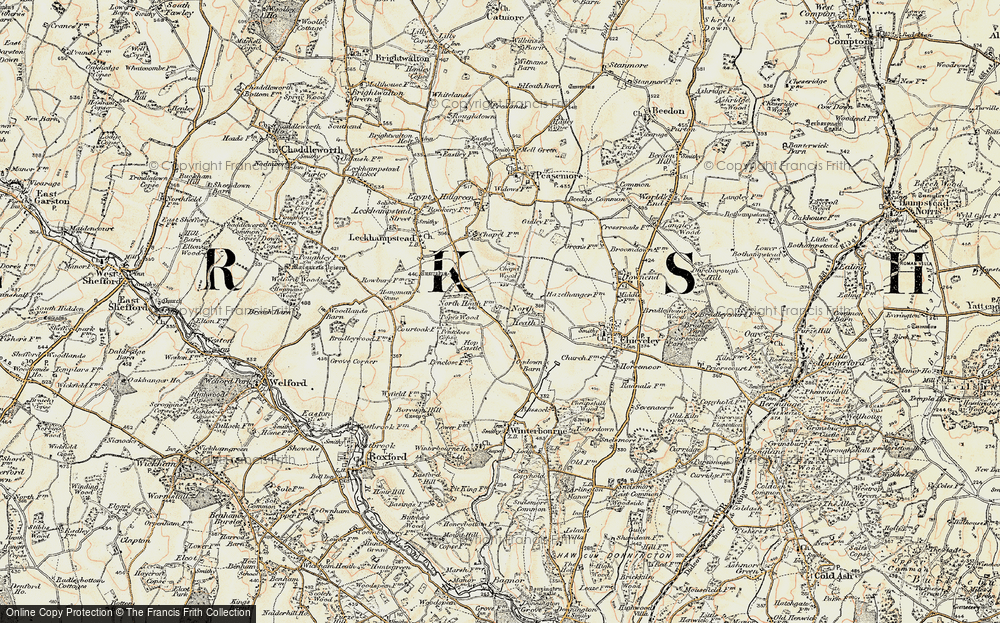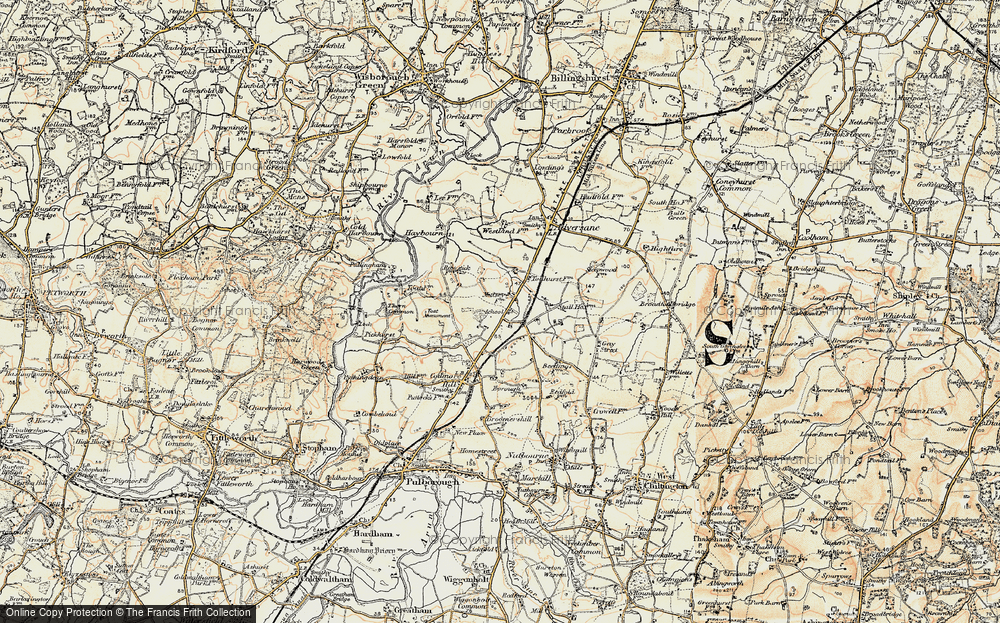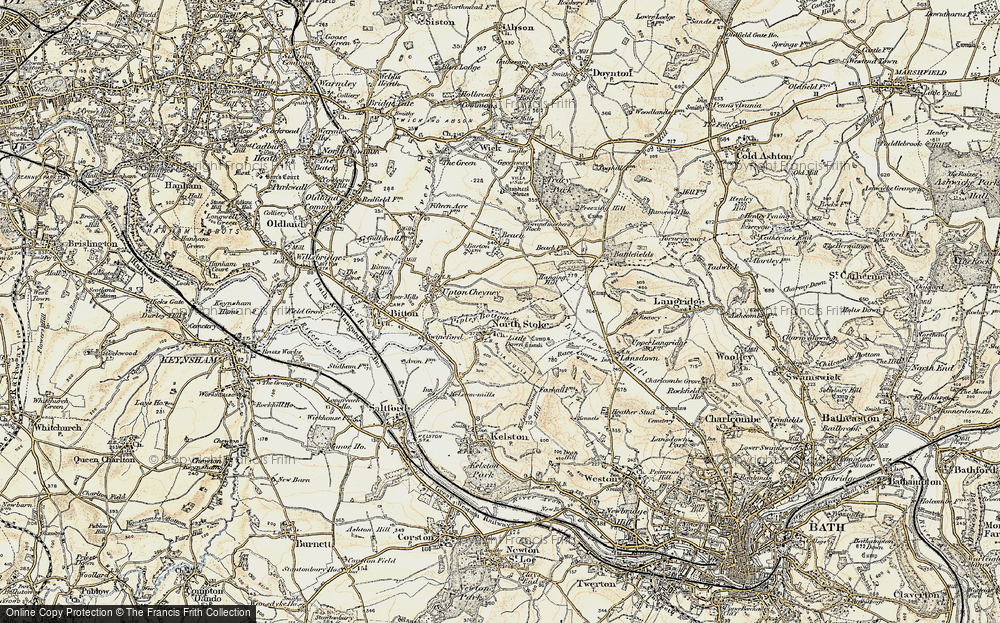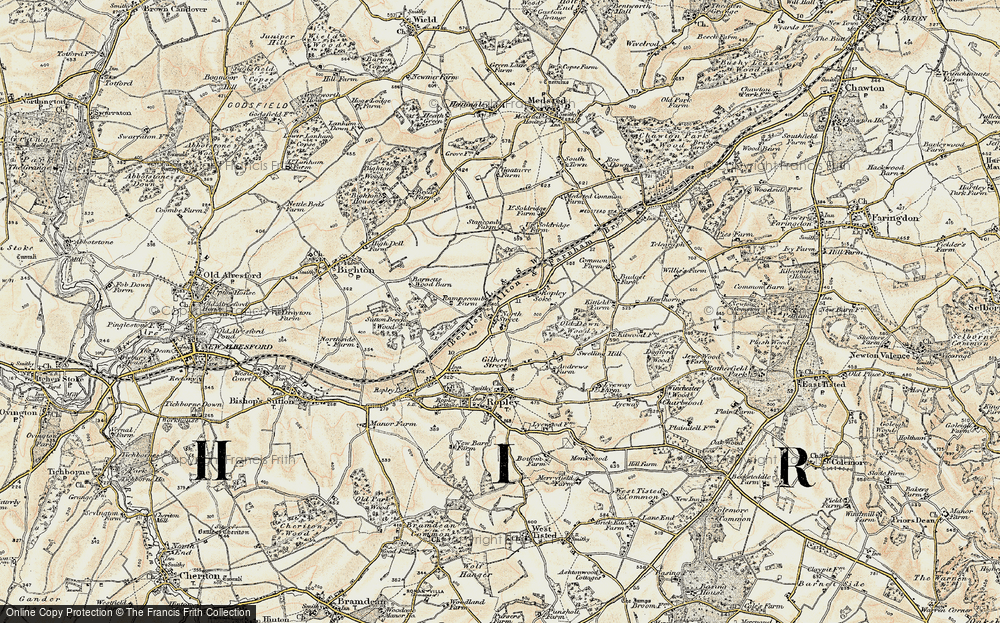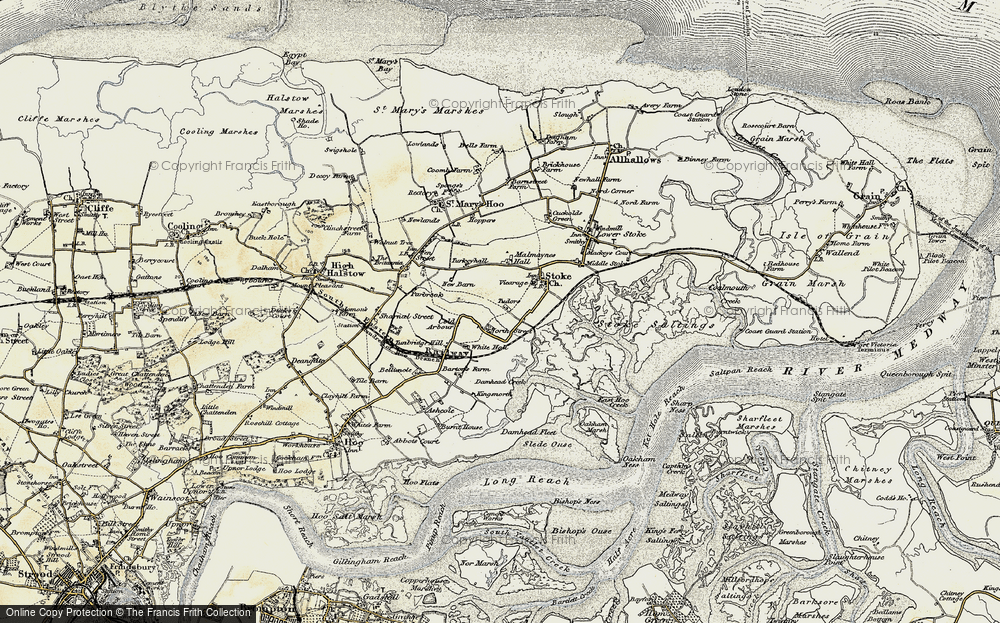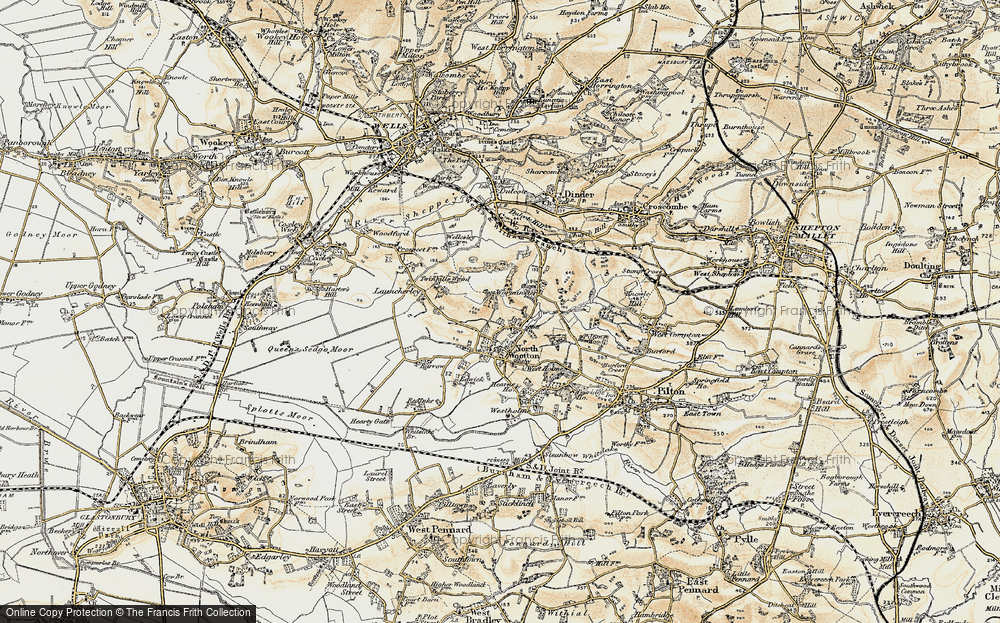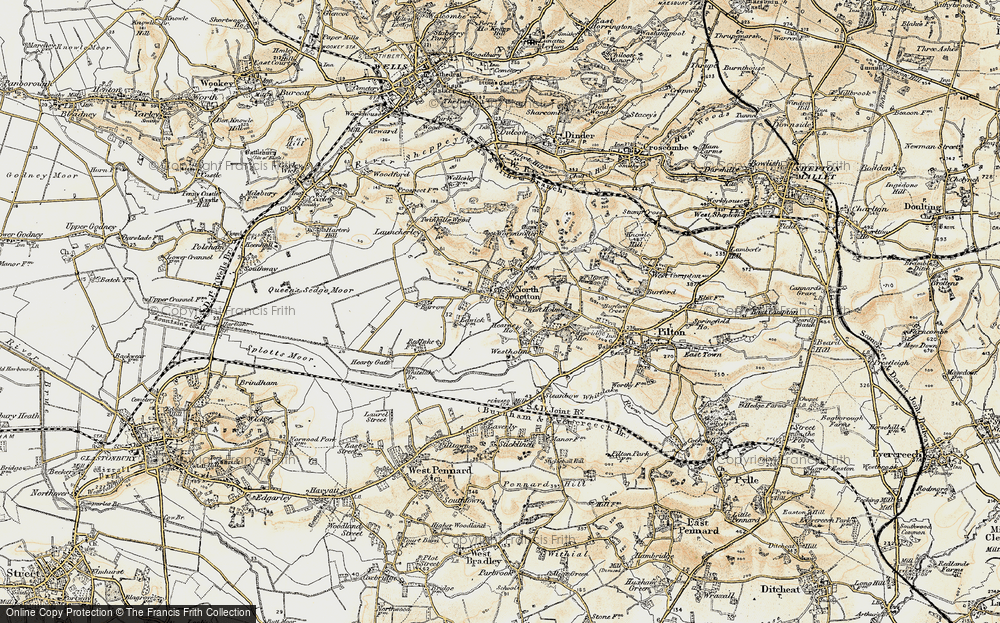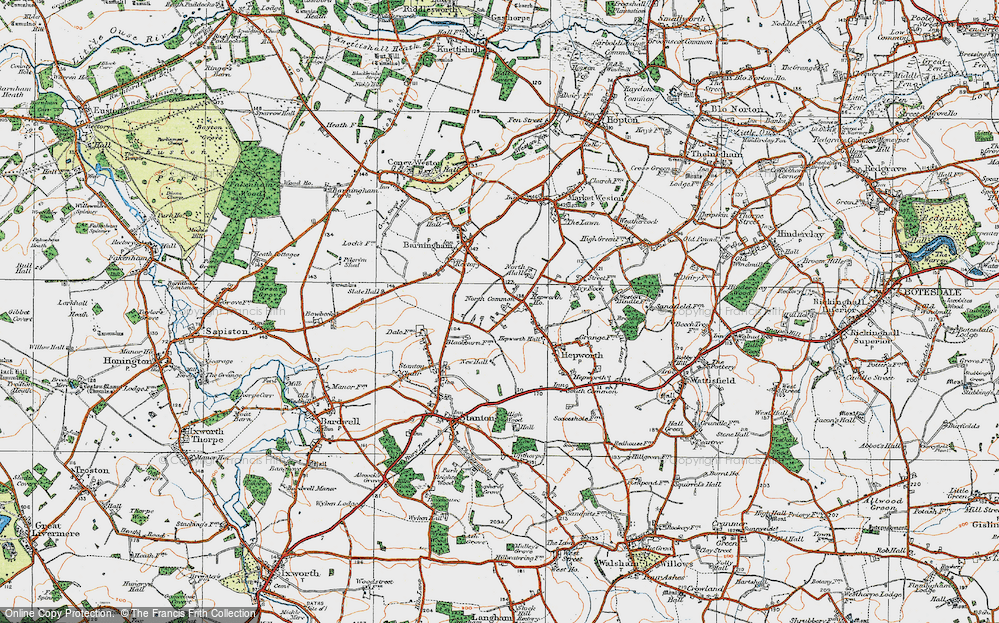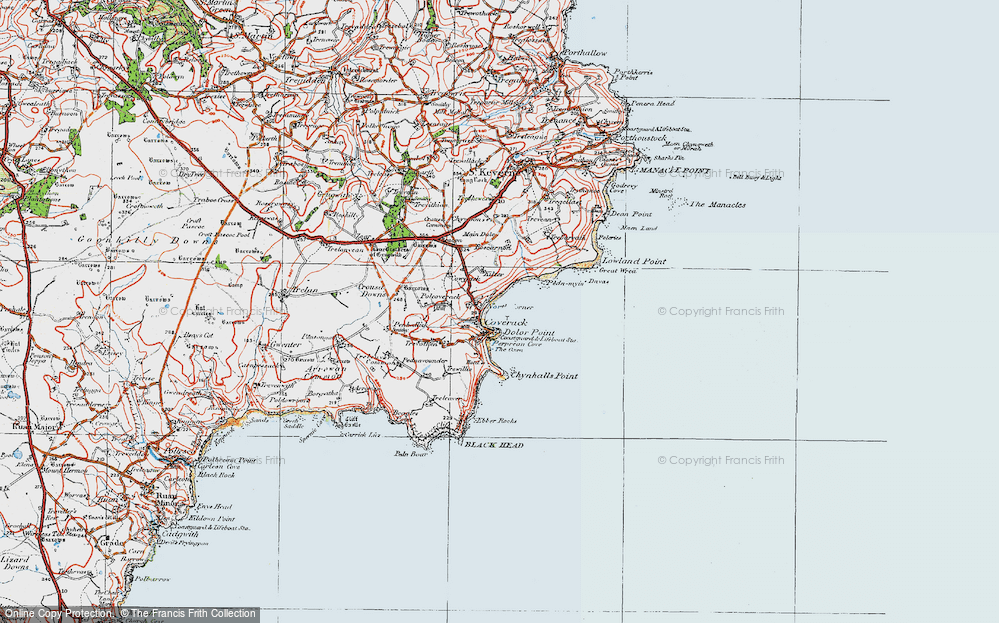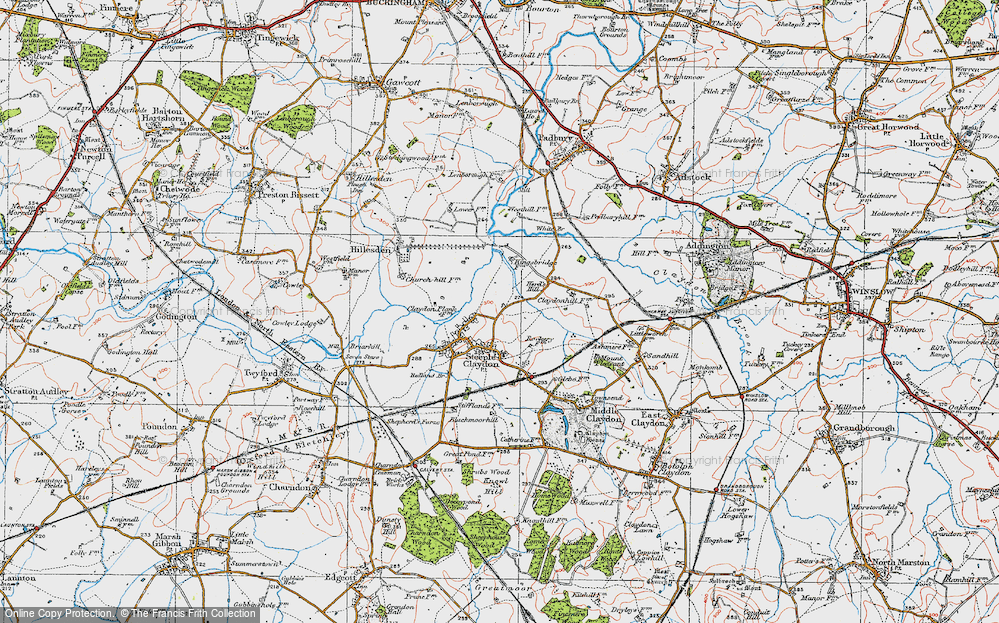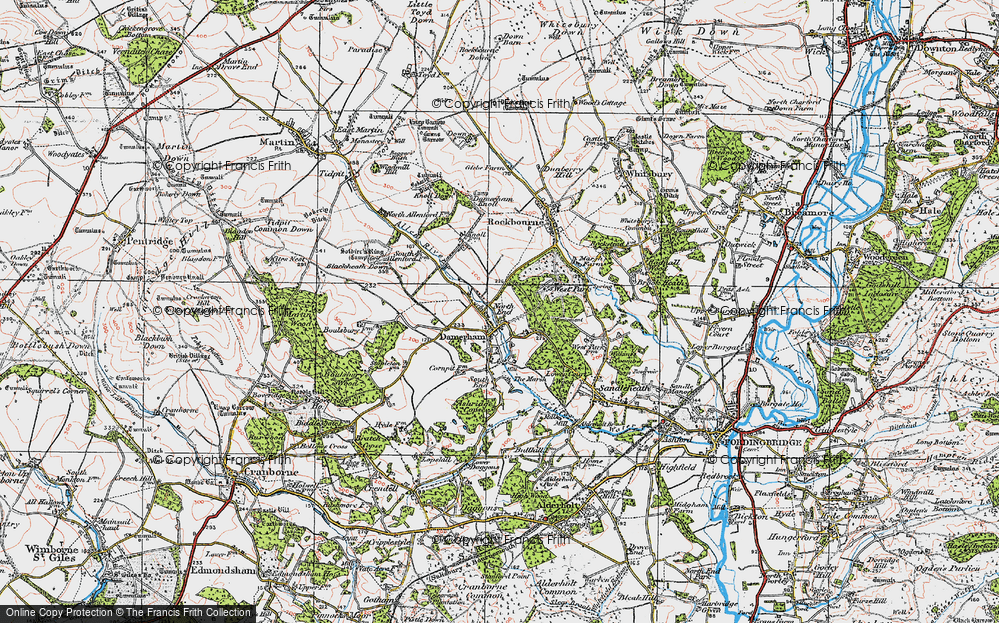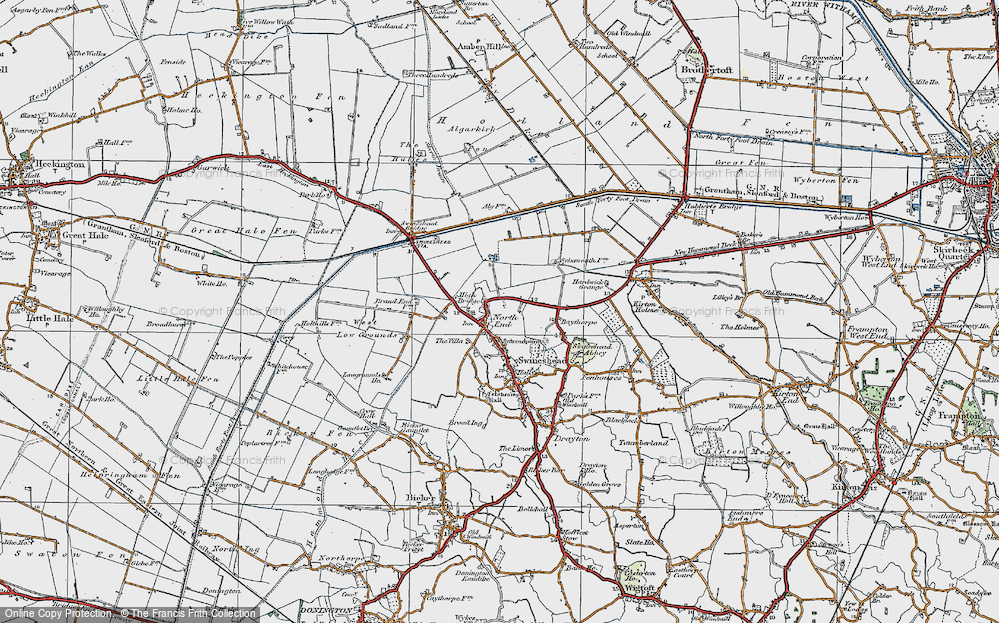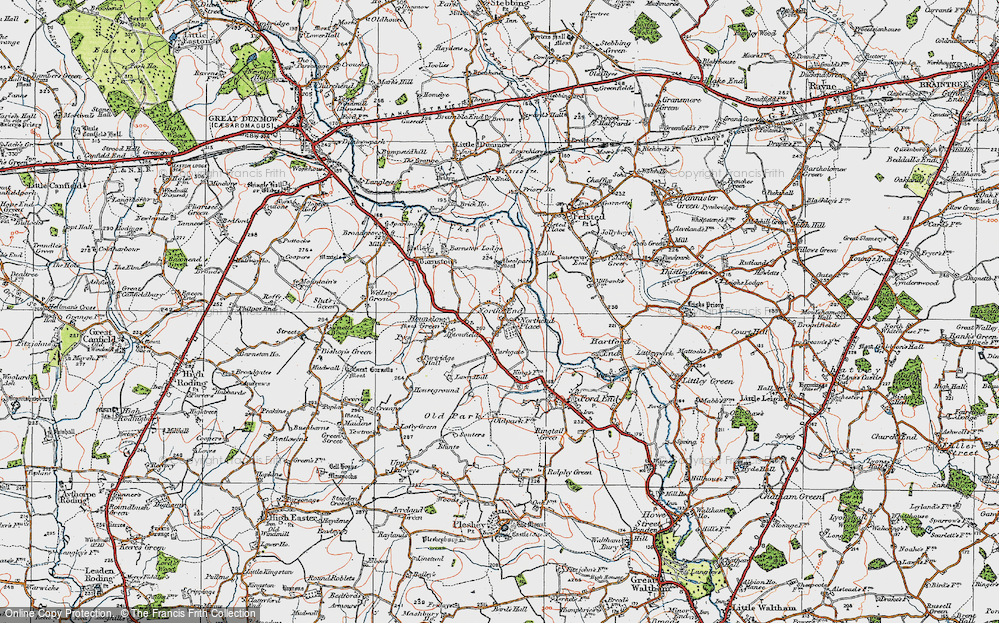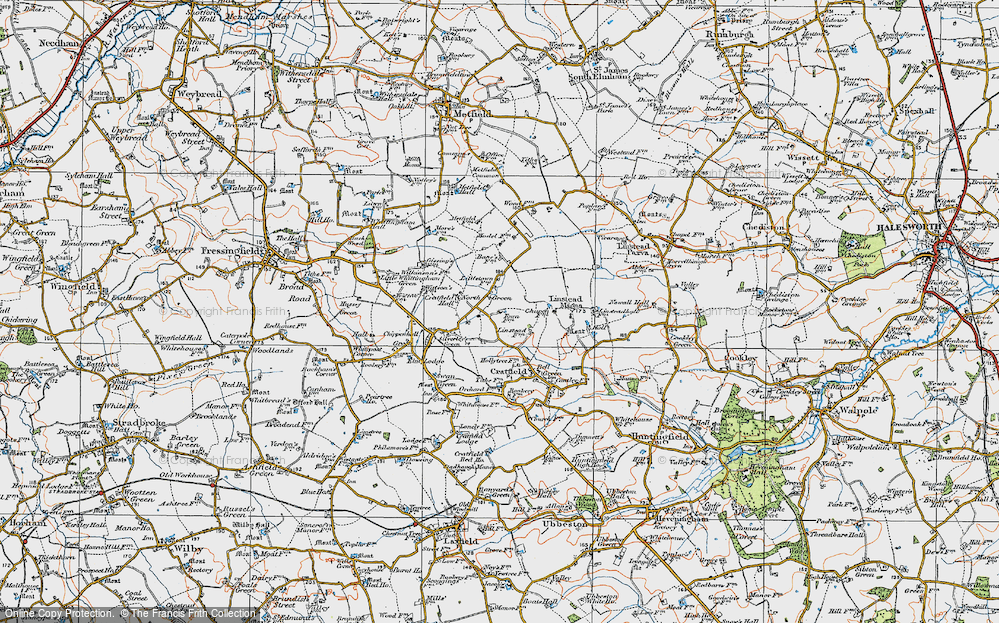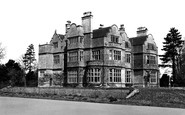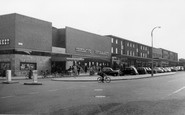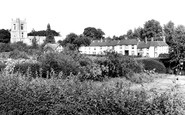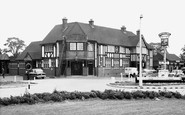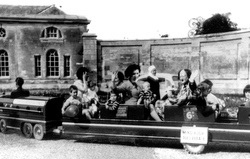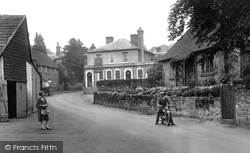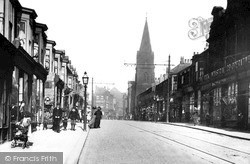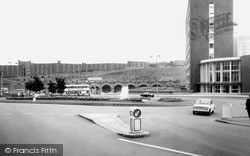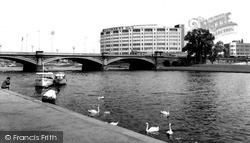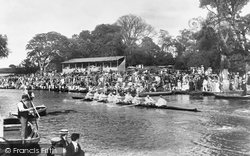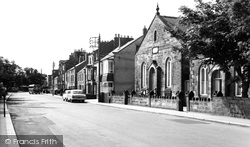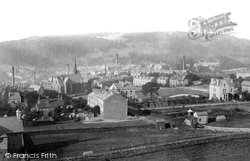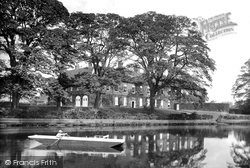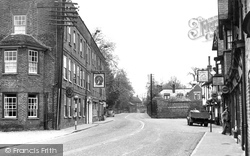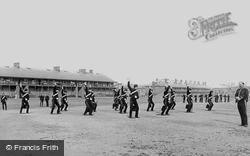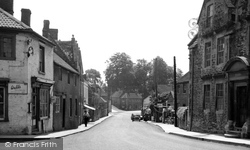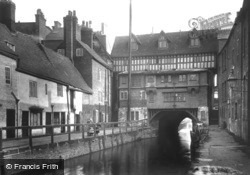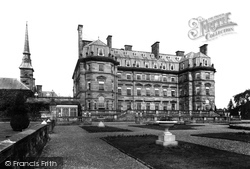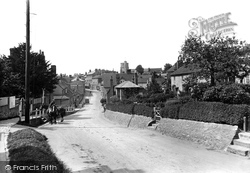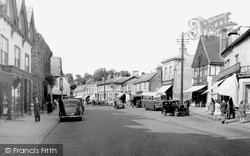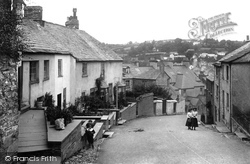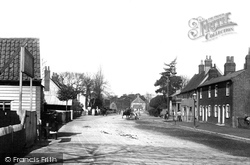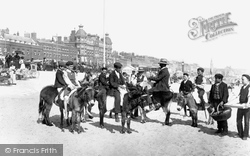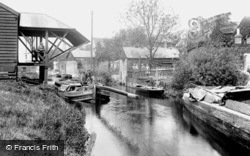Places
Sorry, no places were found that related to your search.
Did you mean: north ness or na h ness or nook ness or nash ness ?
Photos
12 photos found. Showing results 681 to 12.
Maps
9,582 maps found.
Books
29 books found. Showing results 817 to 840.
Memories
4,582 memories found. Showing results 341 to 350.
Gone And Not Forgotten!
I can't believe no-one has bothered to write about LINSLADE, it may not be well known to the 'outsiders' but it's still worth a mention. My great-uncle, Robert Graham, used to work on Linslade railway station, he knew the ...Read more
A memory of Linslade in 1969 by
Fond Memories
I think it was around this time (1993) that I attended St Clots! I was sent there as I had been enjoying, to date, my time at bording school in Berkshire. My mother and my auntie had spent many many happy years here when my ...Read more
A memory of Lechlade on Thames in 1993 by
Another Howard Family Living In Hammersmith
My mother, Phyllis Howard Penn, was born in Kensington and had a brother Jack, his wife Ethel, their son, John Desmond Howard, his wife, Eileen and their son, John, who lived on Claybrook Road. I met ...Read more
A memory of Hammersmith in 1958 by
Ashby Broadway
I lived in Ashby as a child, and when I started attending Ashby Girls' School on Ashby Turn, I had to walk from the bottom of Ashby to the top every day, rain or shine. When I was 11 in 1948, Broadway was nothing more than an ...Read more
A memory of Ashby in 1958 by
Horney Common As A Child
I was born in London in 1938. When war broke out the following year my father sent my mother and myself down to Devon but soon after that he, and many of his regimental colleagues in the Army, rented a large country ...Read more
A memory of Horney Common in 1940 by
Longleat
My grandfather Cecil Welch, who was the local estate agent and auctioneer based at the Old Town Hall in the High Street, bought several old cottages next to the blacksmiths in Church End for his son John and wife Peggy, at the vast ...Read more
A memory of Great Dunmow in 1948
Guy Fawkes!
This is another part of Laindon that is no more. I can remember waiting outside the Fortune of War with a Guy leading up to Firework Night, I always collected lots of change from the kind patrons of this local drinking establishment. I ...Read more
A memory of Laindon by
Dibden Purlieu Newsagents Mr Mrs Storey
It was so lovely to see you refer to Mr Storey (Sid) in the earlier post - he was my wonderful Grandad! Nan and Grandad (Grace and Sid Storey) used to run the newsagents, and as a little girl, I was ...Read more
A memory of Dibden Purlieu by
Now Living In Egypt
Hi Anthony, I knew your grandmother Ketura and your grandfather Ellis and most of their children. They had a very large family. Your Auntie Margery and I were great friends. We were always getting into trouble for climbing ...Read more
A memory of Llysfaen in 1960 by
Pinehurst Childrens Home Park Rd Camberley
Memories of Camberley come from my childhood days as an orphan residing at 'Pinehurst', a Surrey County Child Welfare Home 1949-1953. I was put there as a 9-year-old and recall spending a very happy ...Read more
A memory of Pinehurst in 1949 by
Captions
1,673 captions found. Showing results 817 to 840.
The miniature railway at Cofton Wood was nearly as popular as the tea room, though one cannot help wondering if the adults in this picture are not just the teeniest bit embarrassed.
Built in the mid 19th century, it occupied the site of a former hop garden attached to the rear of another pub, the White Horse, which had been in business since the late 17th century.
The Presbyterian Church, Frederick Street, was built in 1847; Holy Trinity, Laygate, was earlier, having been built in 1832-34 to the designs of Anthony Salvin.
Vandalism was soon rife and its inhabitants preferred to call it by another name: San Quentin.
This downstream view, taken from almost the same vantage point as N50079, shows the ugly and large hotel built in the intervening fifteen years close to both Trent Bridge cricket ground and Nottingham
The River Cam itself is not wide enough for conventional races, so races called 'Bumps' are held.
Because the River Cam itself is not wide enough for conventional races, races called 'Bumps' are held.
It is interesting to note that, other than the bus, there are only two motor vehicles in the view. The same scene today would present both kerbs of the road lined with
The Leeds/Liverpool Canal and the railway both increased access to new markets across the Pennines and down to the south.
The two men were fighting over the Gawsworth estate, but it did not do either of them any good - both men were killed in the duel.
Across the road from the Lion is another coaching inn, built originally with a courtyard plan but re-fronted in the early 18th century. It has galleried timber-framed rear wings.
Vandalism was soon rife and its inhabitants preferred to call it by another name: San Quentin.
The regimental museum in Tower Street has displays of medals, uniforms and weapons, and models showing the battles that both this and other Yorkshire regiments fought in many parts of the world
Until a by-pass came in 1990, it carried both the A36 and A361. In 1927 a recreation ground was built at the end of the road to keep children from the heavy traffic.
All the cottages on the left were demolished by 1910. Both sides of the water were reached by stairs from the High Street.
All the cottages on the left were demolished by 1910. Both sides of the water were reached by stairs from the High Street.
A proud pose by both man and horse in front of the Church of the Ascension. The red brick church was built in 1886 at a cost of £2,000 and seated 250 worshippers.
In 1854 his heir, Alexander Beresford-Hope, cased the house in Wealden sandstone and added another storey in the English Gothic style. Today it is a private school.
Perhaps the man in the cap (left), riding one heavy horse and leading another, is on his way to stock up on water from the local river?
This is another view of the High Street, although here the road is much wider. The London Co-operative Society shop can be seen on the right.
Old Hill's official name is St Thomas Hill, and it was once used as a toboggan run when there was snow on the ground — rather a hair-raising ride!
At this time, Felixstowe enjoyed popularity as a seaside resort, but the dream of eccentric local landowner Colonel Tomline to transform the town into a major port had not yet materialised - that was to
of the newly-constructed Royal Hotel in the background, replacing the simpler building which had been demolished in 1981, the ever-popular and long suffering Weymouth donkeys prepare to set off on another
Even though the railway age was at its height, freight was still carried on the river Great Ouse, as can be seen from this view.
Places (0)
Photos (12)
Memories (4582)
Books (29)
Maps (9582)



